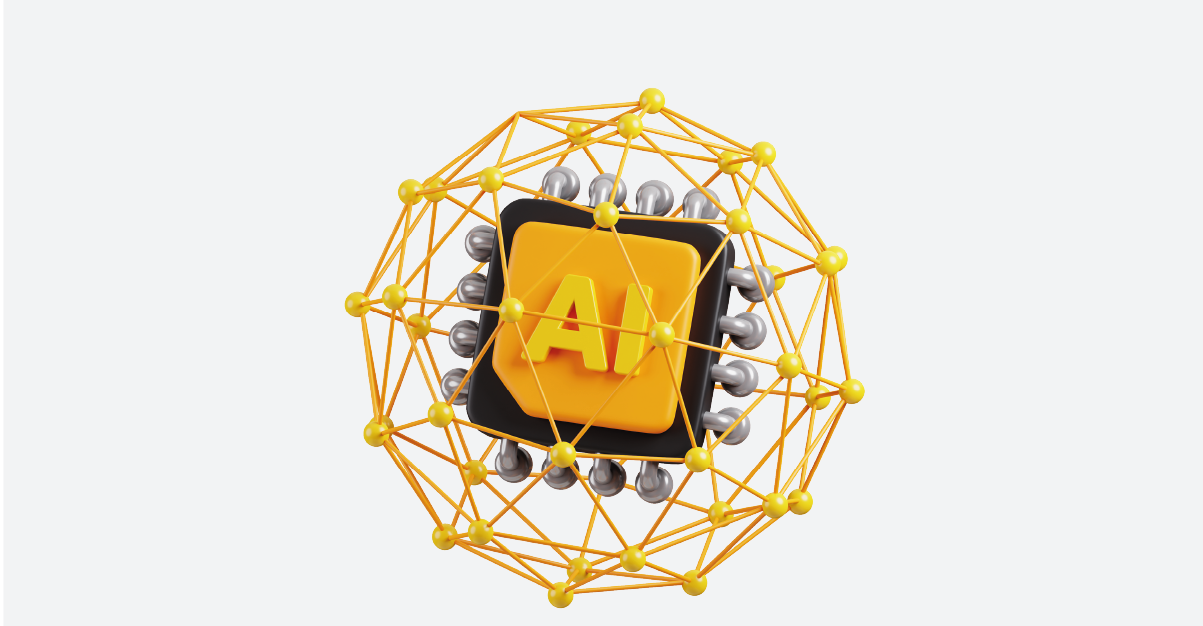Public Release Automation is revolutionizing how organizations deploy software, content, and updates. It enables businesses to streamline the process of releasing new versions, ensuring efficiency, security, and consistency. But what exactly is public release automation, and why does it matter in today’s fast-paced digital landscape? Let’s dive in.
Understanding Public Release Automation
Definition and Key Components
Public Release Automation refers to the use of automated tools and processes to manage the release of software, applications, and updates to end users. It eliminates the need for manual intervention, reducing errors and improving release efficiency.
How It Works
The process typically involves:
- Version Control Integration – Ensuring proper tracking of code changes.
- CI/CD Pipelines – Automating code testing and deployment.
- Approval Workflows – Securing validation before public release.
- Monitoring and Rollback Mechanisms – Keeping releases error-free and recoverable.
Benefits of Public Release Automation
1. Increased Efficiency
Automation speeds up the release cycle, reducing the workload on development teams.
2. Consistency and Reliability
It ensures that every release follows the same process, minimizing discrepancies.
3. Reduced Manual Errors
Human errors are a major risk in software releases; automation significantly lowers these risks.
4. Faster Time-to-Market
Businesses can push updates faster, staying ahead of competitors.
Key Features
- Version Control Integration – Tracks and manages code changes.
- CI/CD Pipeline Support – Facilitates automated testing and deployment.
- Automated Testing and Validation – Ensures quality control before release.
- Role-Based Access Control – Maintains security by restricting access.
Challenges
1. Security Concerns
Unauthorized access and vulnerabilities must be addressed through robust security measures.
2. Compatibility Issues
Different platforms and environments may require additional configurations.
3. Initial Setup Costs
Investing in automation tools and training can be expensive but pays off in the long run.
Best Practices for Implementing Public Release Automation
- Choose the Right Tools – Evaluate needs and select the best software.
- Establish Clear Workflows – Define roles and responsibilities.
- Monitor and Optimize Continuously – Use analytics to refine processes.
Popular Public Release Automation Tools
- AIM Fluence–AIM Fluence is a cutting-edge Generative AI tool specifically designed for creating public releases. It eliminates inefficiencies, ensures consistency, and delivers professional-quality content.
- GitHub Actions – Seamless integration with GitHub repositories.
- GitLab CI/CD – Complete DevOps platform.
- AWS CodePipeline – Scalable cloud-based release automation.
Case Studies: Success Stories of Public Release Automation
- Tech Startup Success – Reduced deployment time by 50%.
- Enterprise Adoption – Enhanced security and compliance with automated workflows.
Future Trends
- AI and Machine Learning – Predictive analytics for proactive release management.
- Low-Code/No-Code Automation – Simplifies deployment for non-technical users.
- Enhanced Security Measures – Automating security compliance checks.
Conclusion
PR automation is essential for modern businesses aiming for seamless software deployment and improved efficiency. By implementing automation, organizations can minimize errors, accelerate releases, and ensure a robust deployment process.
Request a demo from AIM Technologies Today! Discover how AIM Technologies can revolutionize your release automation strategy.





